Turning a modest ₹1.5 lakh investment into a staggering ₹2.5 crore fortune. Sounds like a dream, right? In the world of personal finance, Equity Linked Savings Schemes (ELSS) promise not just tax savings but also the potential for significant wealth creation. These mutual funds, with their unique blend of equity exposure and tax benefits under Section 80C of the Income Tax Act, have captured the attention of Indian investors. But can they really deliver such jaw-dropping returns? we’ll explore the best ELSS funds, dissect the feasibility of this ambitious goal,
What Are ELSS Funds?
Equity Linked Savings Schemes (ELSS) are a type of mutual fund that primarily invests in equities and equity-related instruments, offering a dual advantage: tax savings and potential for high returns. Governed by the Equity Linked Savings Scheme, 2005, these funds allocate at least 80% of their assets to stocks, making them equity-oriented. What sets them apart? A 3-year lock-in period—the shortest among tax-saving options under Section 80C—combined with the chance to grow your wealth through the stock market.
Table of Contents
Unlike traditional tax-saving avenues like the Public Provident Fund (PPF) or tax-saving fixed deposits, which offer fixed returns (often 7-8%), ELSS funds tap into the equity market’s growth potential. Historically, Indian equities have delivered annualized returns of 12-15% over the long term, outpacing inflation and fixed-income options. Plus, by investing up to ₹1.5 lakh annually, you can claim a tax deduction, saving up to ₹46,800 if you’re in the 30% tax bracket. It’s no wonder ELSS funds are a favorite for tax planning and wealth-building!
But here’s the catch: with higher potential returns comes higher risk. Equity markets are volatile, and ELSS funds reflect that. So, can they turn ₹1.5 lakh into ₹2.5 crore? Let’s break it down.
Why ELSS Funds Are a Game-Changer
ELSS funds have soared in popularity for good reason. Here’s why they’re a top pick for investors:
- Tax Savings Galore: Invest up to ₹1.5 lakh per year and reduce your taxable income under Section 80C. For high earners, this means significant tax relief—up to ₹46,800 annually!
- High Return Potential: Being equity-focused, ELSS funds can outshine fixed-return options like PPF or FDs, especially over decades, thanks to the power of compounding.
- Shortest Lock-In: With just a 3-year lock-in, ELSS funds offer quicker access to your money compared to PPF (15 years) or tax-saving FDs (5 years).
- Diversification Benefits: These funds spread investments across sectors and market caps—large-cap, mid-cap, and small-cap—reducing risk compared to single-stock bets.
- SIP Flexibility: Start small with a Systematic Investment Plan (SIP), averaging out market ups and downs through rupee cost averaging.
- Expert Management: Professional fund managers steer the ship, leveraging research to pick winning stocks—a boon for those without the time or know-how to invest directly.
“ELSS funds are an excellent way to save taxes while potentially earning higher returns. However, investors should have a long-term horizon and be prepared for market volatility.”
— Financial Advisor, XYZ Investments
Yet, the big question remains: Can ELSS funds deliver the extraordinary returns needed to grow ₹1.5 lakh into ₹2.5 crore? Let’s crunch the numbers.
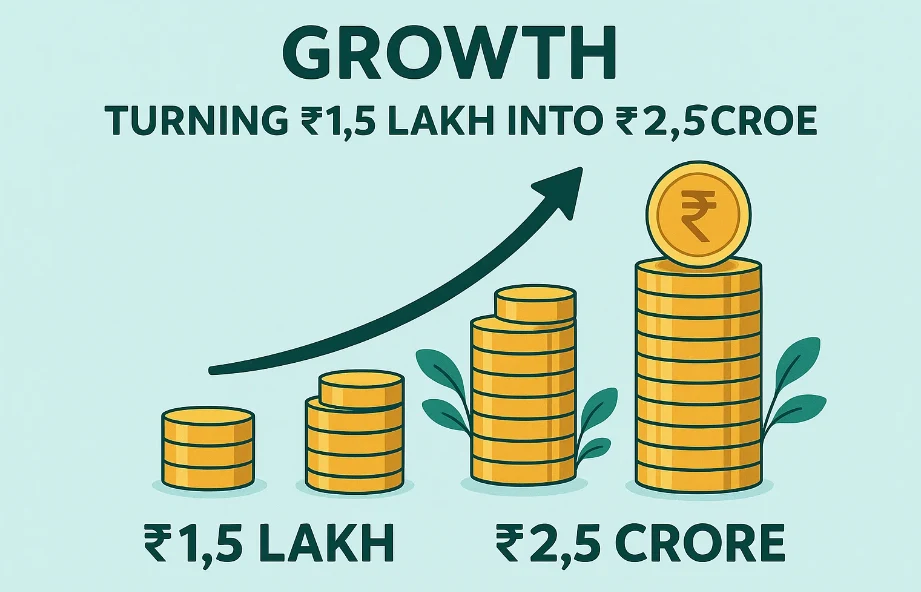
Can ₹1.5 Lakh Really Become ₹2.5 Crore?
The idea of multiplying your money over 160 times is thrilling, but is it realistic? Let’s explore two scenarios: a lump sum investment and an annual SIP, both aiming for ₹2.5 crore in 20 years—a reasonable long-term horizon.
Scenario 1: Lump Sum Investment
If you invest ₹1.5 lakh once and let it grow to ₹2.5 crore over 20 years, what return do you need? We’ll use the compound interest formula:
[ A = P \left(1 + \frac{r}{100}\right)^n ]
- A = ₹2,50,00,000 (target amount)
- P = ₹1,50,000 (initial investment)
- n = 20 years
- r = annual return rate (to be calculated)
Rearranging:
[ 2,50,00,000 = 1,50,000 \left(1 + \frac{r}{100}\right)^{20} ]
[ \frac{2,50,00,000}{1,50,000} = \left(1 + \frac{r}{100}\right)^{20} ]
[ 166.67 = \left(1 + \frac{r}{100}\right)^{20} ]
Solving for r, you need an annual return of about 29%. That’s a growth factor of 166.67 times! Historically, Indian equity markets average 12-15% annually over decades. While some ELSS funds have hit high returns short-term (e.g., 30%+ over 5 years), sustaining 29% for 20 years is a tall order—exceptional, not typical.
Scenario 2: Annual SIP
What if you invest ₹1.5 lakh every year for 20 years? Here’s the future value formula for annual investments:
[ FV = P \times \frac{(1 + r)^n – 1}{r} ]
- FV = ₹2,50,00,000
- P = ₹1,50,000 (yearly investment)
- n = 20 years
- r = annual return rate
Plugging in:
[ 2,50,00,000 = 1,50,000 \times \frac{(1 + r)^{20} – 1}{r} ]
[ 166.67 = \frac{(1 + r)^{20} – 1}{r} ]
Testing values:
- At 15%: ( (1.15)^{20} – 1 ) / 0.15 \approx 102.44 ), yielding ₹1.54 crore—short of the goal.
- At 19.5%: ( (1.195)^{20} – 1 ) / 0.195 \approx 164.38 ), close to ₹2.47 crore.
- At 19.6%: ( (1.196)^{20} – 1 ) / 0.196 \approx 168.19 ), about ₹2.52 crore.
You’d need around 19.5% annual returns—more achievable than 29%, but still above the historical equity average of 12-15%. Some ELSS funds have exceeded this in bursts, but 20 years of consistent 19.5% is ambitious.
Realistic Outlook
Let’s temper expectations with a realistic 15% return on a ₹1.5 lakh annual SIP:
[ FV = 1,50,000 \times \frac{(1.15)^{20} – 1}{0.15} \approx ₹1,53,66,450 ]
That’s ₹1.54 crore—impressive, but not ₹2.5 crore. To hit ₹2.5 crore at 15%, you’d need to invest closer to ₹2.5 lakh annually. Alternatively, extend your horizon to 25-30 years or adjust your target.
Verdict: Turning ₹1.5 lakh into ₹2.5 crore is theoretically possible with exceptional returns (29% lump sum or 19.5% SIP), but it’s not a practical expectation for most. ELSS funds shine for tax savings and solid growth—think ₹1-2 crore over 20 years with disciplined investing.
Top ELSS Funds to Consider
Which ELSS funds have historically performed well? Here’s a look at some top performers based on past returns. Note: Past performance isn’t a future guarantee.
Table: Best ELSS Funds (Hypothetical Data as of 2025)
| Fund Name | 3-Year Return | 5-Year Return | 10-Year Return | Expense Ratio |
|---|---|---|---|---|
| Quant ELSS Tax Saver Fund | 30.27% | 32.02% | N/A | 0.7% |
| Motilal Oswal ELSS Tax Saver | 25.85% | 30.65% | N/A | 0.7% |
| SBI Long Term Equity Fund | 27.9% | 30.47% | 18.03% | 1.1% |
| HDFC ELSS Tax Saver Fund | 24.83% | 29.1% | 17.60% | 1.1% |
| Parag Parikh ELSS Tax Saver | 21.07% | 28.15% | N/A | 0.6% |
Source: Aggregated from financial websites; returns may vary.
Spotlight on Top Funds
- Quant ELSS Tax Saver Fund: A standout with 32.02% over 5 years, its aggressive strategy and low 0.7% expense ratio make it appealing. But high returns often mean higher risk—watch its sustainability.
- SBI Long Term Equity Fund: With a 10-year return of 18.03%, it’s a veteran showcasing consistency. Its 1.1% expense ratio is higher, but long-term reliability compensates.
- Parag Parikh ELSS Tax Saver: Known for a value-driven approach, it offers 28.15% over 5 years and a low 0.6% expense ratio—ideal for cost-conscious investors.
“The key to successful ELSS investing is to stay invested beyond the lock-in period and let the power of compounding work in your favor.”
— Fund Manager, ABC Mutual Fund
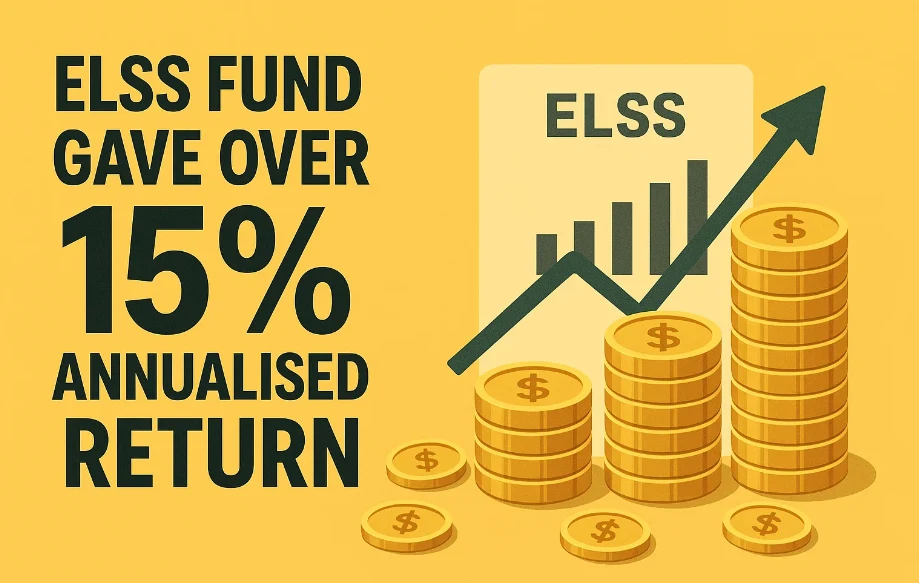
How to Pick the Best ELSS Fund
Choosing an ELSS fund isn’t just about chasing returns. Here’s your checklist:
- Consistency Over Flash: Prioritize funds beating their benchmark (e.g., Nifty 50) across 3, 5, and 10 years—not just one hot streak.
- Fund Manager Expertise: A seasoned manager with a proven track record can navigate market twists better.
- Risk-Adjusted Returns: Check the Sharpe Ratio—higher means better returns per risk unit.
- Low Expense Ratio: Fees below 1% (like 0.6-0.7%) boost net gains over time.
- Investment Style: Growth, value, or blended? Match it to your risk appetite. Also, note the mix of large, mid, and small-cap stocks.
- Portfolio Diversification: Avoid funds overly concentrated in one sector—diversity cushions volatility.
- AMC Reputation: Stick with trusted fund houses with strong governance.
Navigating Market Cycles with ELSS
Equity markets swing between bull runs, bear dips, and sideways phases. How do ELSS funds fare?
- Bull Markets: Rising stocks lift ELSS returns—think post-2020 recovery gains. But beware overvaluation risks.
- Bear Markets: Declines hurt, but the 3-year lock-in prevents panic-selling, and low entry points can pay off later.
- Sideways Markets: Returns may stall; skilled fund managers shine here by picking outperformers.
Tips:
- Use SIPs to smooth out volatility.
- Stay invested long-term—equity rewards patience.
Common Mistakes to Avoid
- Tax-Only Focus: Don’t pick ELSS just for tax breaks—assess its investment merit.
- Ignoring Lock-In: Plan for 3 years; don’t expect quick exits.
- Chasing Returns: A 30% 1-year return doesn’t guarantee the future—look at consistency.
- High Fees: Avoid funds with expense ratios above 1.5% unless performance justifies it.
FAQs
Q: What’s the lock-in period for ELSS funds?
A: 3 years—the shortest under Section 80C.
Q: Can I invest more than ₹1.5 lakh?
A: Yes, but tax deductions max out at ₹1.5 lakh yearly.
Q: Are ELSS funds risky?
A: Yes, they’re equity-based, so expect short-term volatility. Long-term, they can outperform.
Q: How are ELSS gains taxed?
A: Long-term capital gains up to ₹1 lakh/year are tax-free; above that, 10% applies.
Q: SIP or lump sum—which is better?
A: SIPs reduce timing risk; lump sums work if you catch a market dip.
Conclusion
ELSS funds are a powerhouse for tax savings and wealth creation, blending Section 80C benefits with equity growth. Turning ₹1.5 lakh into ₹2.5 crore? It’s a stretch—requiring 29% (lump sum) or 19.5% (SIP) annual returns over 20 years—beyond typical equity averages. Yet, with realistic goals (e.g., ₹1.5 crore at 15%), disciplined investing, and top funds like Quant or SBI, ELSS can transform your finances.
Invest wisely, stay patient, and let compounding do the heavy lifting. Consult a financial advisor to tailor your strategy, and start your ELSS journey today!
Disclaimer: This blog is for informational purposes only—not financial advice. Always consult a professional before investing.






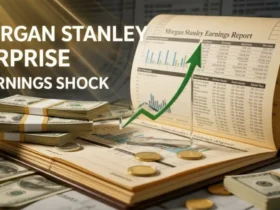
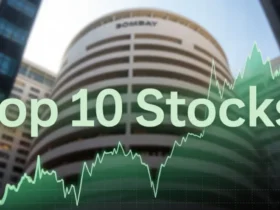
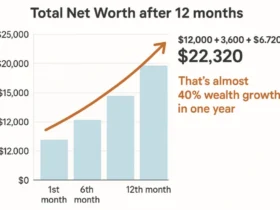

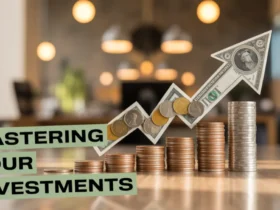
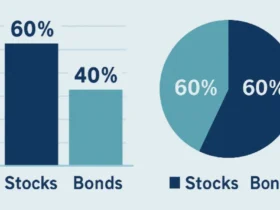
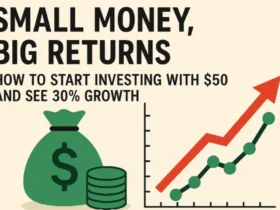
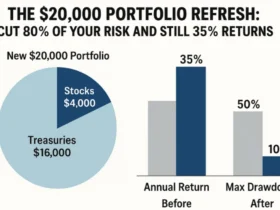


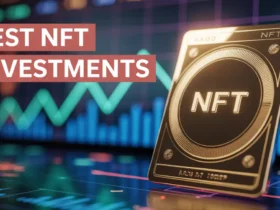







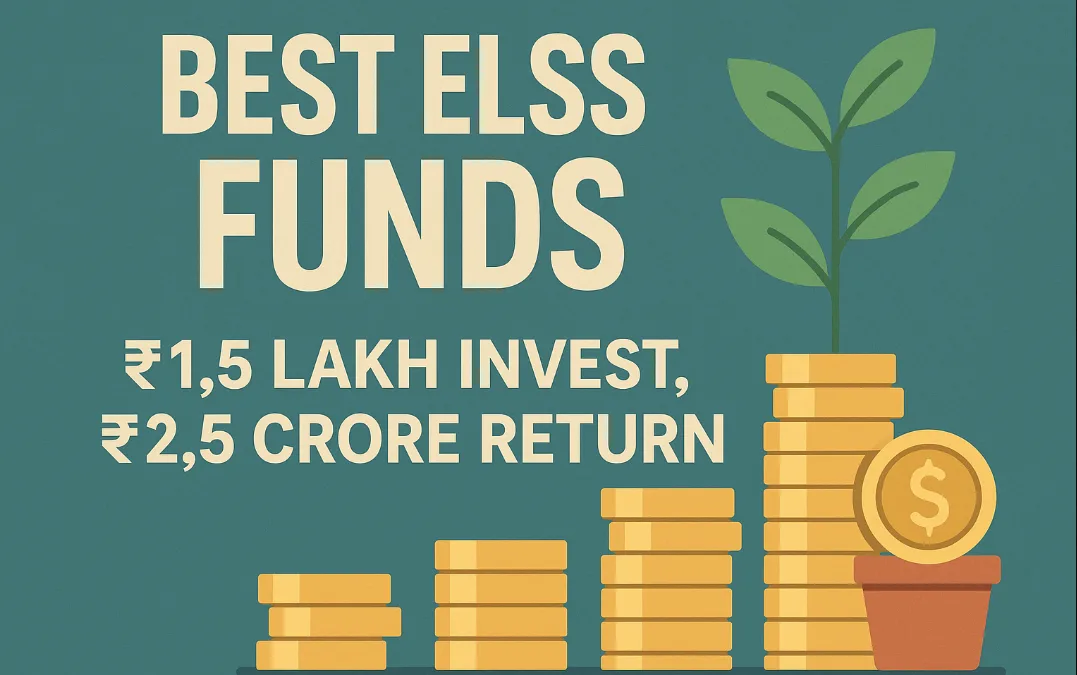

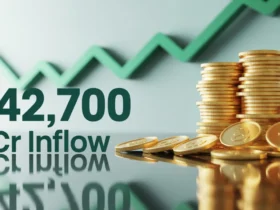

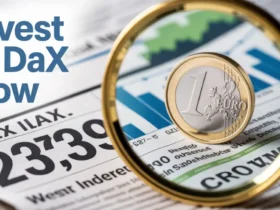
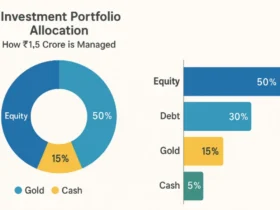
Leave a Reply